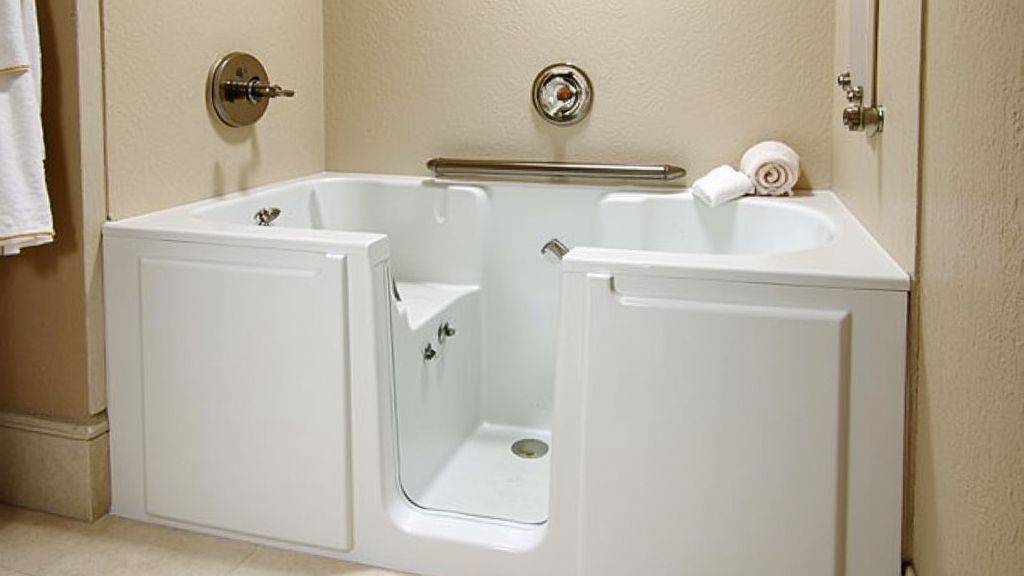For those concerned with safety and accessibility in the bathroom, walk-in tubs offer a potential solution. But, a pressing question remains for many seniors: Does Medicare cover this essential upgrade? In this article, we delve into the intricate details of walk-in tubs, shedding light on their health benefits, exploring Medicare’s stance, and offering guidance for those seeking this transformative home addition.

Why Consider a Walk-In Tub?
Walk-in tubs have become a go-to for those who prioritize safety and comfort. These tubs are designed with a hinged door, allowing easy access without climbing over high tub walls—a challenge for many with limited mobility. Safety grab bars, anti-slip floors, soothing hydrotherapy jets, and thermostatic controls are just a few of the appealing features. Imagine relaxing in a warm bath without the fear of slipping, knowing every detail is crafted for your well-being. For seniors like Margaret, who assert that the accessibility and comfort are "unmatched compared to traditional tubs," the benefits are clear.
Unraveling Medicare: Understanding the Coverage
As straightforward as it sounds, Medicare's policies can be a maze when it comes to understanding what is covered. Many seniors, like Frank, who was surprised to learn walk-in tubs aren’t categorized as durable medical equipment (DME), find themselves puzzled. This classification means walk-in tubs don't typically meet the criteria for Medicare's coverage, unlike hospitals beds or wheelchairs. That said, exceptions do exist but are rare; documentation of medical necessity is often required. We'll explore these elusive paths and uncover possibilities for those determined to seek financial help.
Health and Lifestyle Benefits of Walk-In Tubs
Beyond the obvious safety enhancements, walk-in tubs offer various health benefits, particularly for individuals with arthritis, limited mobility, or circulatory issues. The warm water massage jets provide therapeutic relief which can ease joint pain, reduce muscle tension, and improve blood circulation. Jane, a retired nurse, credits her walk-in tub for her improved quality of life, explaining, "It's like having a spa treatment right at home—without the effort of getting there." For many, the mental health benefits of a serene, stress-free bathing experience can be just as valuable as the physical relief.
Navigating Financial Options Beyond Medicare
Although Medicare may not offer a straightforward path to funding a walk-in tub, other avenues remain open. Medicaid, Veterans Affairs, or long-term care insurance policies sometimes cover these expenses, depending on eligibility and state regulations. Seniors like Albert have successfully leveraged Home Equity Conversion Mortgages (HECM) to finance home modifications, including walk-in tubs. We’ll guide you through each option, offering valuable tips to broaden your financial strategy.
Making Informed Decisions: Your Path Forward
The decision to install a walk-in tub is significant, not just financially but for its potential impact on day-to-day life. As you weigh your options, consider the totality of benefits such as safety, health improvements, and enhanced quality of life. We encourage readers to consult with healthcare professionals and consider a Certified Aging-in-Place Specialist for personalized advice. Remember, the goal is not just a purchase but an investment in peace of mind and wellbeing.